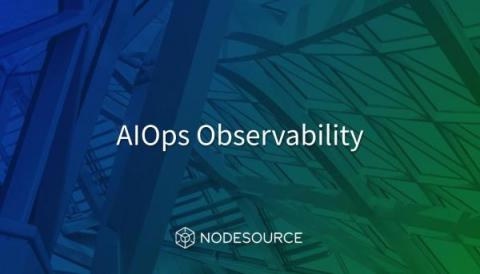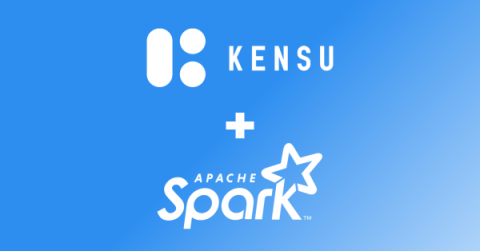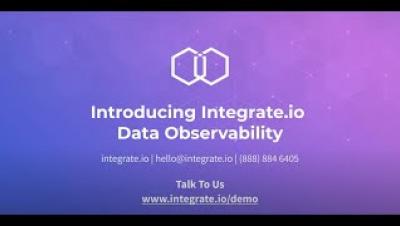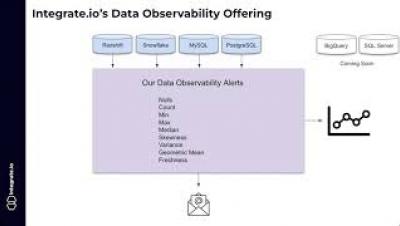AIOps Observability: Going Beyond Traditional APM
AIOps is an emerging technology that applies machine learning and analytics techniques to IT operations. AIOps enables IT teams to leverage advanced algorithms to identify performance issues, predict outages, and optimize system performance. Nodesource sees significant advantages for developers and teams to increase software quality by leveraging AIOPS.











